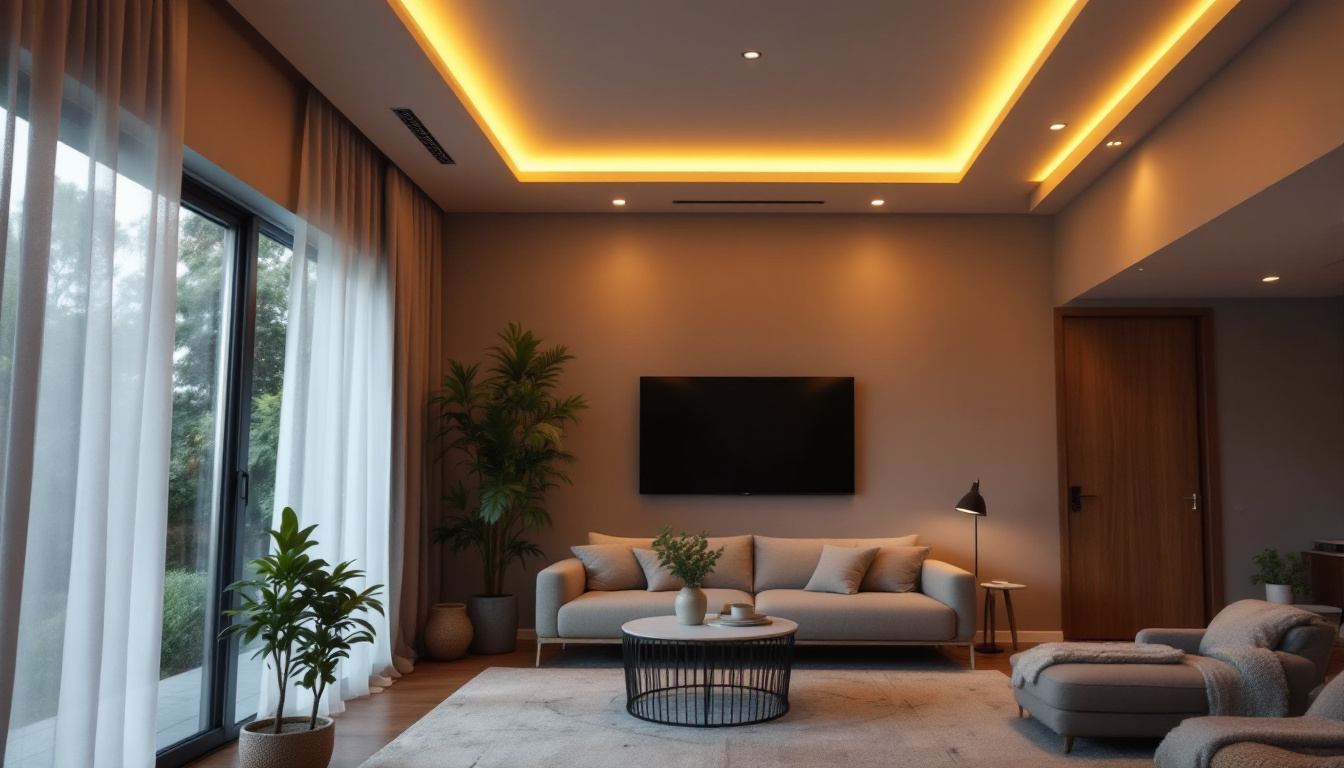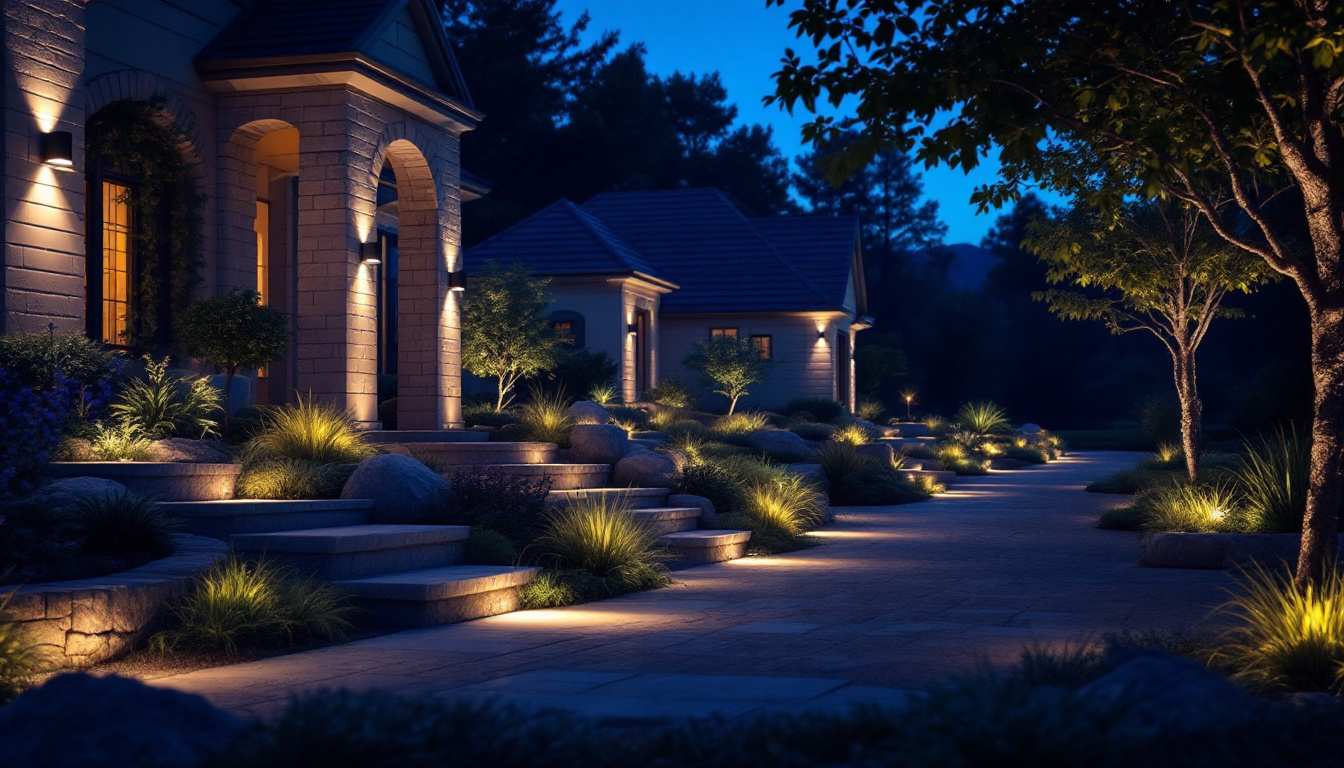

In the ever-evolving world of lighting, understanding the nuances of light bulbs is crucial for lighting contractors. From energy efficiency to design aesthetics, the choice of light bulb can significantly impact both functionality and ambiance. This article delves into essential facts that every lighting contractor should know about light bulbs, ensuring that they can make informed decisions for their projects.
Before diving into the specifics, it is important to grasp the fundamental types of light bulbs available in the market. Each type has its unique characteristics, advantages, and applications.
Incandescent bulbs have been a staple in lighting for decades. They produce light by heating a filament until it glows, offering a warm, inviting glow that many find appealing. However, they are not the most energy-efficient option, converting only about 10% of energy into visible light.
Despite their lower energy efficiency, incandescent bulbs are often favored for their color rendering capabilities, making them ideal for residential settings. They are also relatively inexpensive and easy to install, which can be appealing for contractors looking to keep costs down. Moreover, the dimmable feature of many incandescent bulbs allows homeowners to create the perfect ambiance for any occasion, from cozy family dinners to festive gatherings. This flexibility in lighting design is one reason why they continue to hold a place in many households, even as newer technologies emerge.
CFLs emerged as a more energy-efficient alternative to incandescent bulbs. They use a fraction of the energy and have a longer lifespan, making them a popular choice for both residential and commercial applications. However, CFLs contain a small amount of mercury, necessitating careful disposal.
Lighting contractors should note that CFLs can take a moment to reach full brightness, which may not be suitable for all applications. Nevertheless, their efficiency and longevity make them a valuable option in energy-conscious projects. Additionally, CFLs are available in various color temperatures, allowing users to select the perfect light tone for their space, whether they desire a cool, daylight effect or a warmer, more relaxing atmosphere. As awareness of environmental issues grows, the demand for CFLs continues to rise, particularly in settings where energy savings are a priority.
LEDs have revolutionized the lighting industry with their exceptional energy efficiency and long lifespan. They consume significantly less power than both incandescent and CFL bulbs while providing instant brightness. Additionally, LEDs are available in a wide range of colors and designs, making them highly versatile.
For contractors, the initial investment in LED technology may be higher, but the long-term savings on energy bills and reduced maintenance costs often justify the expense. Furthermore, as technology advances, the cost of LEDs continues to decrease, making them increasingly accessible. The durability of LEDs also stands out, as they are less prone to breakage compared to traditional bulbs, which is particularly advantageous in high-traffic areas or outdoor settings. Moreover, the ability to integrate LEDs into smart home systems allows for advanced control over lighting, enhancing both convenience and energy management for users. This adaptability positions LEDs as not just a lighting solution, but as a key component of modern home automation and energy efficiency strategies.
Understanding energy efficiency ratings is essential for lighting contractors, especially when advising clients on sustainable options. The efficiency of light bulbs is typically measured in lumens per watt (lm/W), which indicates how much light is produced for each watt of energy consumed.
Lumens measure the total amount of visible light emitted by a source. Higher lumen ratings indicate brighter light, which is crucial for areas requiring adequate illumination. Conversely, watts measure energy consumption; thus, a lower wattage does not necessarily mean less light.
For contractors, it is vital to help clients understand that while they may be accustomed to selecting bulbs based on wattage, the focus should shift towards lumens for a more accurate representation of brightness. This shift can lead to more informed decisions and better lighting outcomes. Additionally, educating clients about the different types of light sources available, such as LED, CFL, and incandescent bulbs, can further enhance their understanding. Each type has its own unique characteristics in terms of color temperature, lifespan, and energy consumption, which can significantly impact both the aesthetic and functional aspects of a space.
Energy Star is a widely recognized certification that indicates a product meets strict energy efficiency guidelines set by the U.S. Environmental Protection Agency. Lighting contractors should encourage clients to consider Energy Star-certified bulbs, as these products not only save energy but also contribute to lower utility bills.
Moreover, many utility companies offer rebates and incentives for using Energy Star products, which can further enhance the appeal of energy-efficient lighting solutions. Contractors can leverage this information to provide additional value to their clients. It’s also worth noting that Energy Star certification extends beyond just light bulbs; it encompasses a wide range of lighting fixtures and systems. By promoting these certified products, contractors can help clients achieve a comprehensive energy-efficient lighting design that not only meets their immediate needs but also aligns with long-term sustainability goals. This holistic approach can set a contractor apart in a competitive market, showcasing their commitment to both quality and environmental responsibility.
Color temperature plays a significant role in the overall atmosphere of a space. Measured in Kelvin (K), color temperature helps define the warmth or coolness of light emitted by a bulb. Understanding this concept is essential for lighting contractors when designing spaces that cater to specific moods and functionalities.
Warm light, typically ranging from 2700K to 3000K, creates a cozy and inviting atmosphere, making it ideal for residential settings, restaurants, and hospitality environments. In contrast, cool light, which ranges from 4000K to 5000K, is often used in commercial spaces, offices, and retail environments where clarity and focus are paramount.
Contractors should consider the intended use of a space when selecting color temperatures. For example, a warm light may enhance relaxation in a living room, while a cooler light can boost productivity in an office. By aligning the color temperature with the function of the space, contractors can significantly enhance the user experience.
The Color Rendering Index (CRI) measures a light source’s ability to accurately reproduce colors in comparison to natural light. A higher CRI (close to 100) indicates that colors appear more vibrant and true to life. This is particularly important in settings such as art galleries, retail stores, and photography studios where color accuracy is critical.
Lighting contractors should educate their clients about the importance of CRI when selecting bulbs for specific applications. By choosing bulbs with a high CRI, contractors can ensure that the lighting enhances the overall aesthetic and functionality of the space.
Proper installation is key to maximizing the performance and lifespan of light bulbs. Lighting contractors must be aware of various installation factors that can affect the effectiveness of the lighting system.
Not all light bulbs are compatible with every fixture. Contractors should ensure that the chosen bulb fits the fixture’s specifications, including wattage limits and base type. Using an incompatible bulb can lead to overheating, reduced efficiency, or even damage to the fixture.
Additionally, understanding the intended use of the fixture can guide the selection of the appropriate bulb type. For example, recessed lighting may require specific LED trims to ensure optimal performance and aesthetics.
Many clients desire the ability to control the brightness of their lighting. When working with dimmable fixtures, contractors must ensure that the selected bulbs are compatible with dimmer switches. Not all bulbs are designed for dimming, and using non-dimmable bulbs with a dimmer switch can lead to flickering or reduced lifespan.
Contractors should also consider the type of dimmer switch being used, as some are better suited for certain bulb types. By providing clients with comprehensive information about dimming options, contractors can enhance the overall lighting experience.
The lighting industry is continually evolving, with new technologies and trends emerging regularly. Staying informed about these developments is crucial for lighting contractors aiming to remain competitive and provide cutting-edge solutions to their clients.
Smart lighting systems are gaining popularity as they offer enhanced control and customization. These systems allow users to adjust brightness, color temperature, and even create lighting schedules through smartphone applications or voice commands.
Contractors should familiarize themselves with various smart lighting products and their compatibility with existing systems. By offering smart lighting solutions, contractors can cater to the growing demand for convenience and energy efficiency.
Human-centric lighting focuses on the impact of light on human well-being and productivity. This approach considers factors such as circadian rhythms and the psychological effects of different lighting conditions. Contractors can incorporate human-centric principles into their designs to create healthier and more productive environments.
By understanding the importance of light in relation to human behavior, contractors can offer innovative solutions that enhance the quality of life for occupants. This trend is particularly relevant in settings such as healthcare facilities, schools, and workplaces.
For lighting contractors, a thorough understanding of light bulbs is essential for delivering optimal lighting solutions. From the basic types of bulbs to energy efficiency ratings and installation considerations, each aspect plays a vital role in the overall success of a lighting project.
By staying informed about current trends and technologies, contractors can position themselves as knowledgeable professionals in the field, ultimately providing greater value to their clients. Whether working on residential, commercial, or industrial projects, the insights shared in this article serve as a foundation for making informed lighting decisions that enhance both functionality and aesthetics.
Ready to elevate your lighting projects with the highest quality bulbs at the best value? Look no further than LumenWholesale, where we specialize in providing contractors with spec-grade lighting products at wholesale prices. Say goodbye to local distributor markups and hello to a vast selection of reliable, high-performance lighting. With free shipping on bulk orders, LumenWholesale is your go-to source for premium lighting solutions that blend quality, affordability, and convenience seamlessly. Don’t compromise on your lighting needs—explore our wholesale lighting options today and brighten your projects with confidence.

Discover the essentials of LED strip light retrofit kits with this comprehensive guide tailored for lighting contractors.

Discover why purchasing ceiling fans in bulk from local distributors might not be the best decision.

Discover essential tips and best practices for lighting contractors on installing and maintaining ceiling light fan switches.

Discover essential insights for lighting contractors in our comprehensive guide to landscape lighting.
Get notified when NEW deals are released.
Optimize your budget with wholesale discounts.
Only top-quality, specification-grade lighting products.
No additional costs at checkout - what you see is what you pay.
We understand the unique needs of contractors.